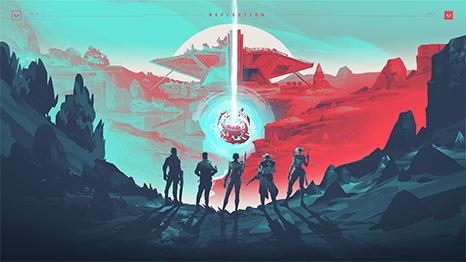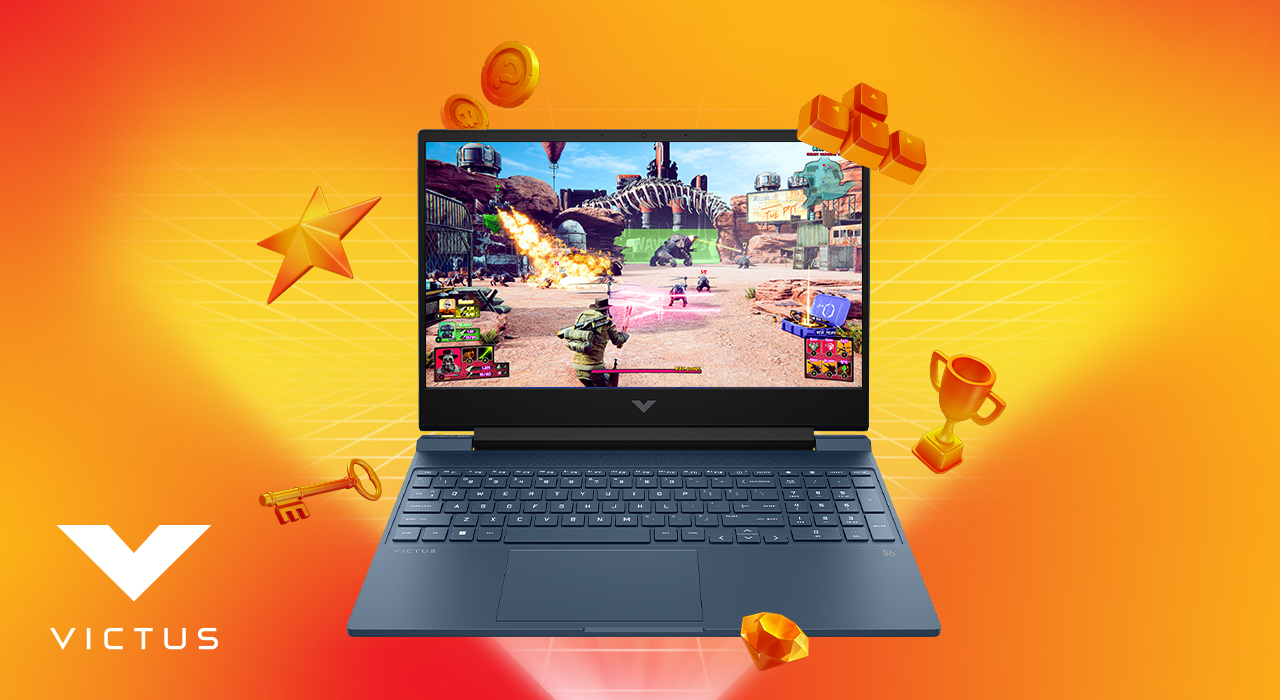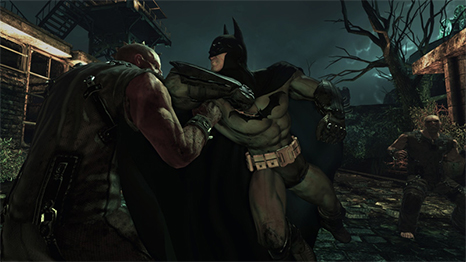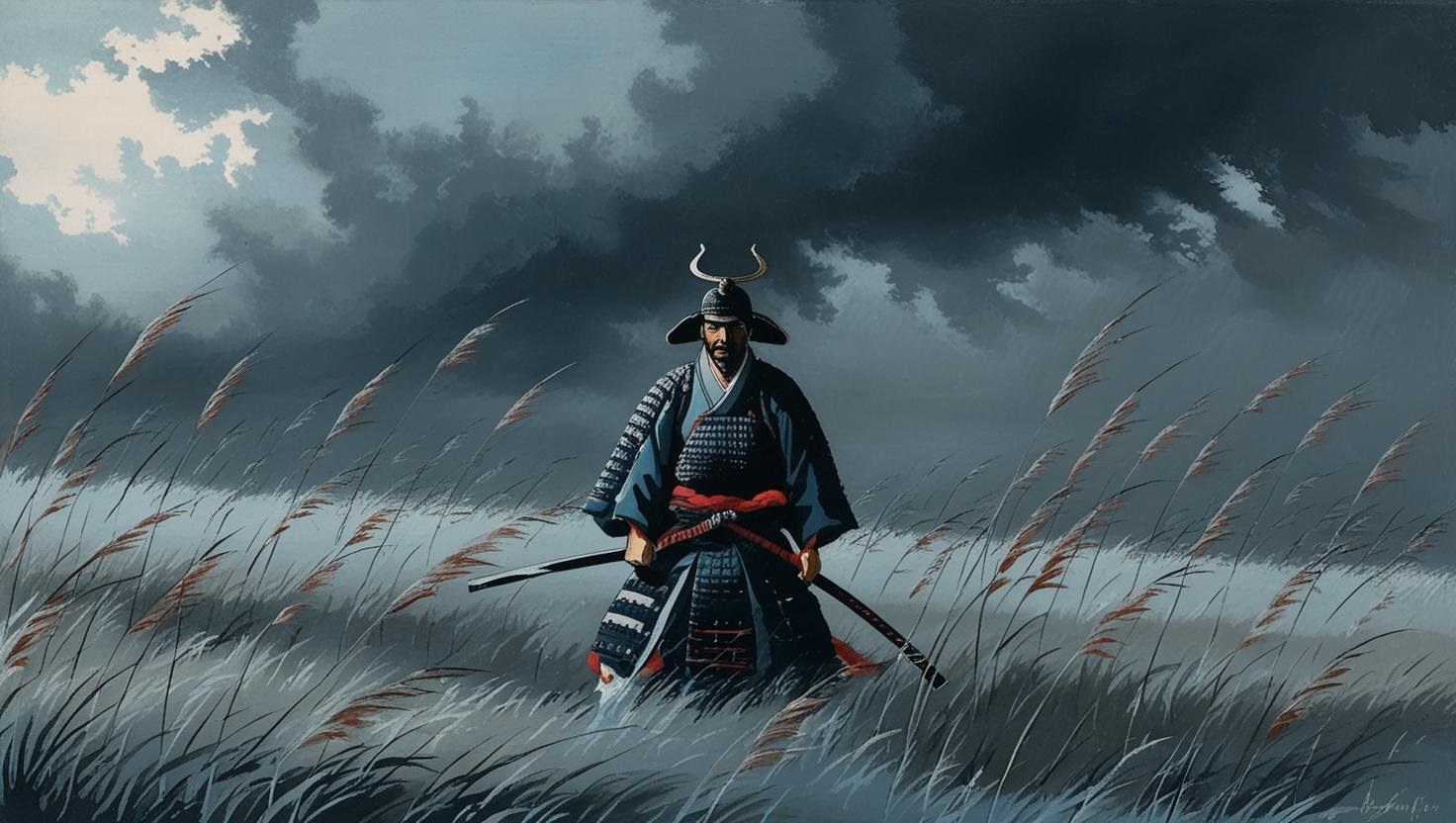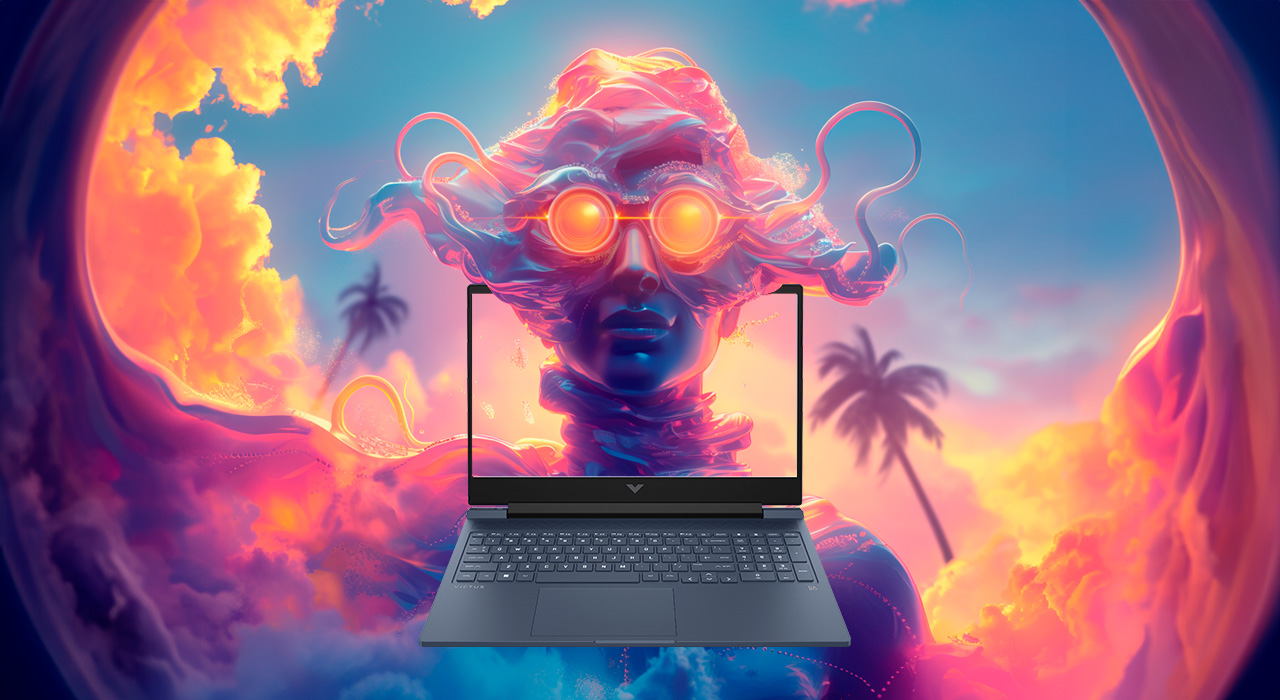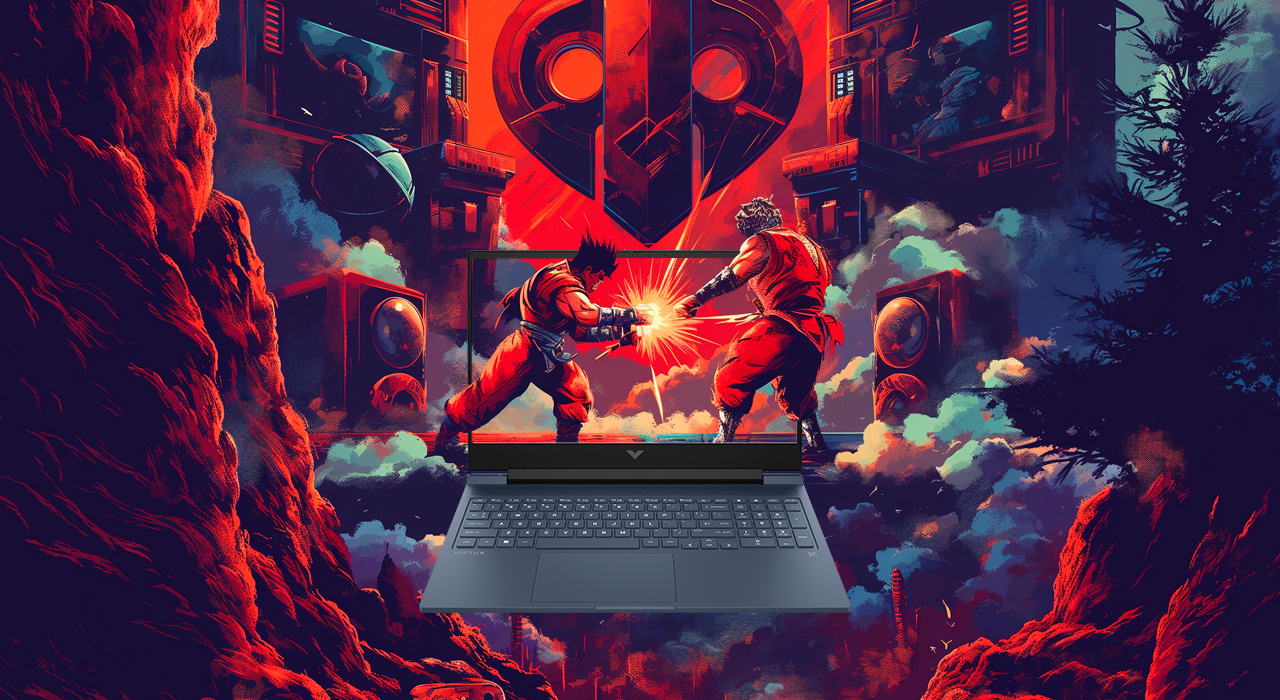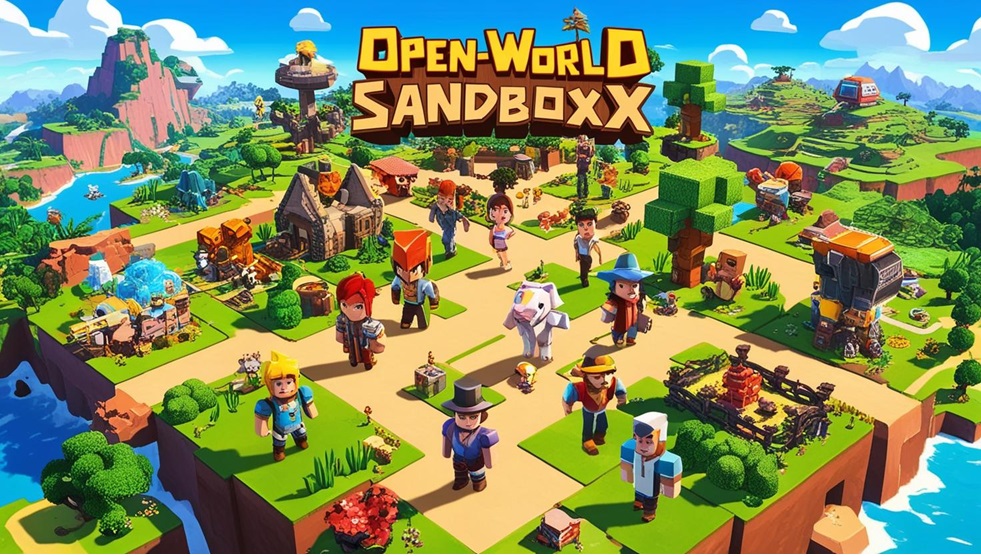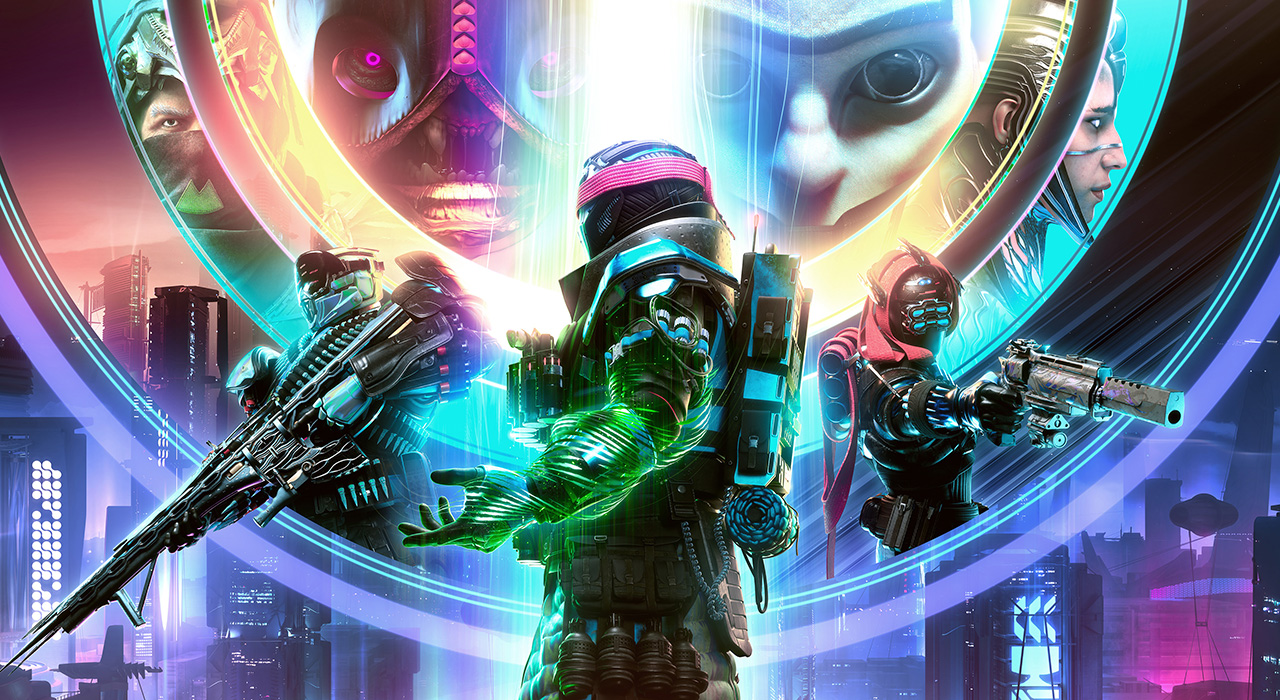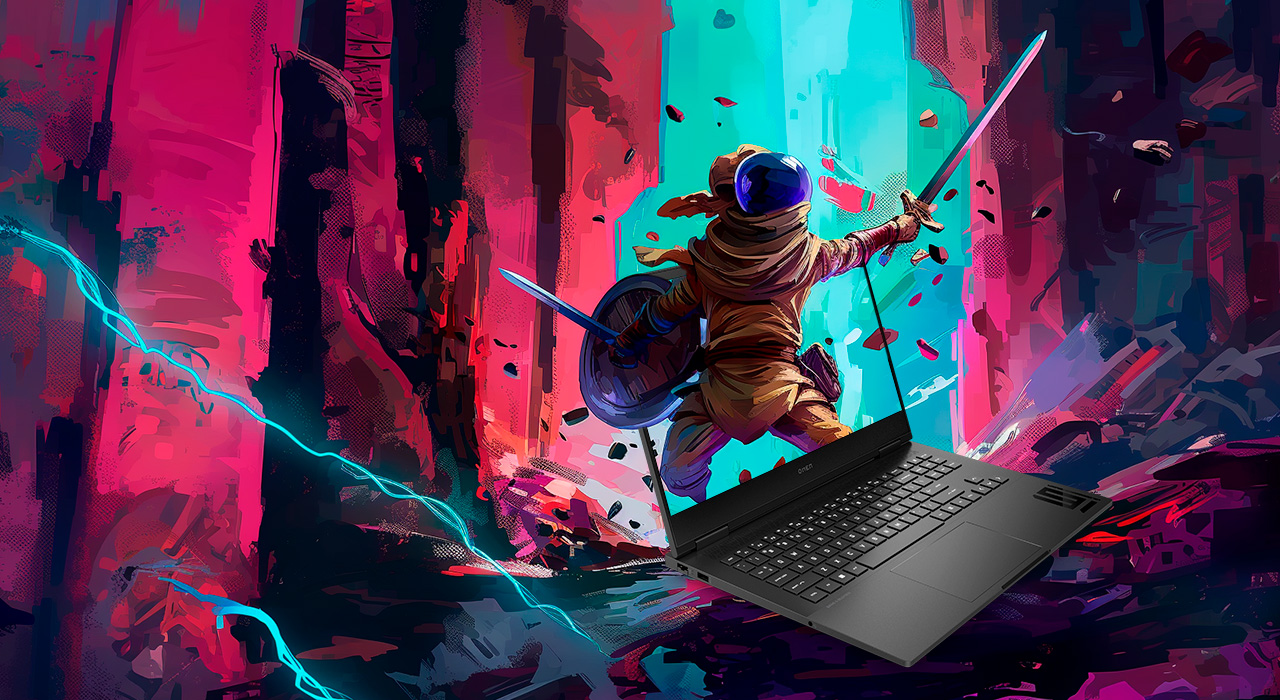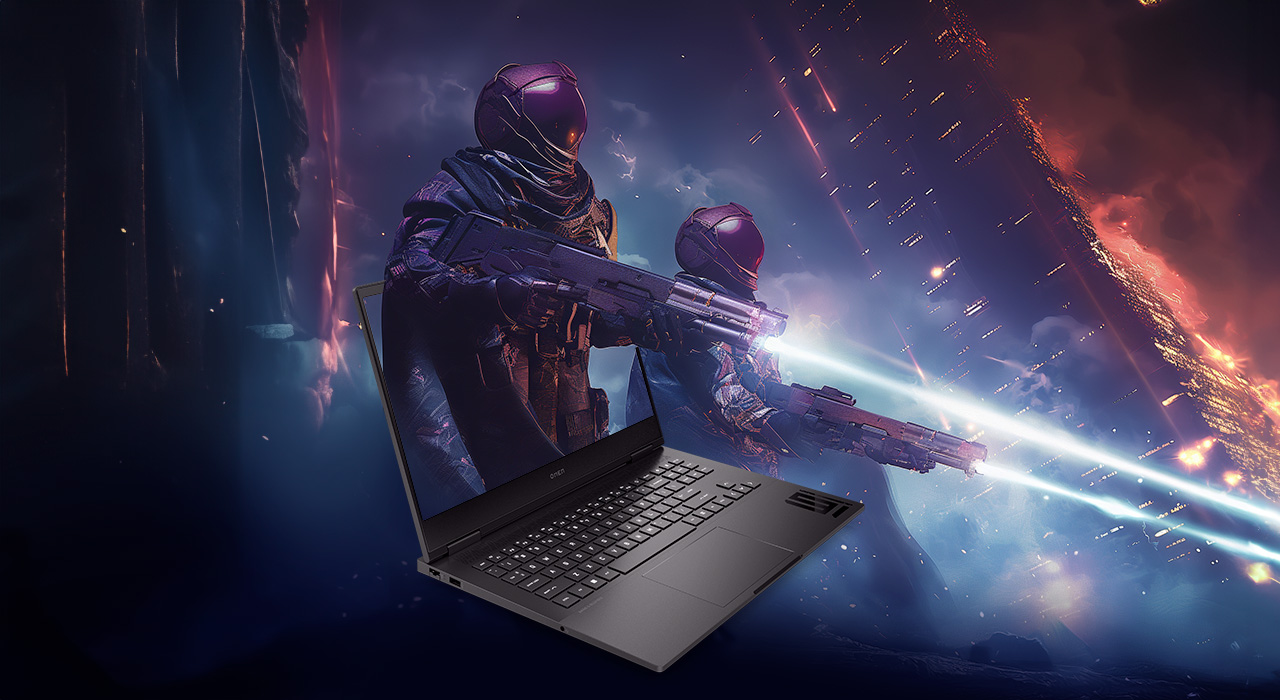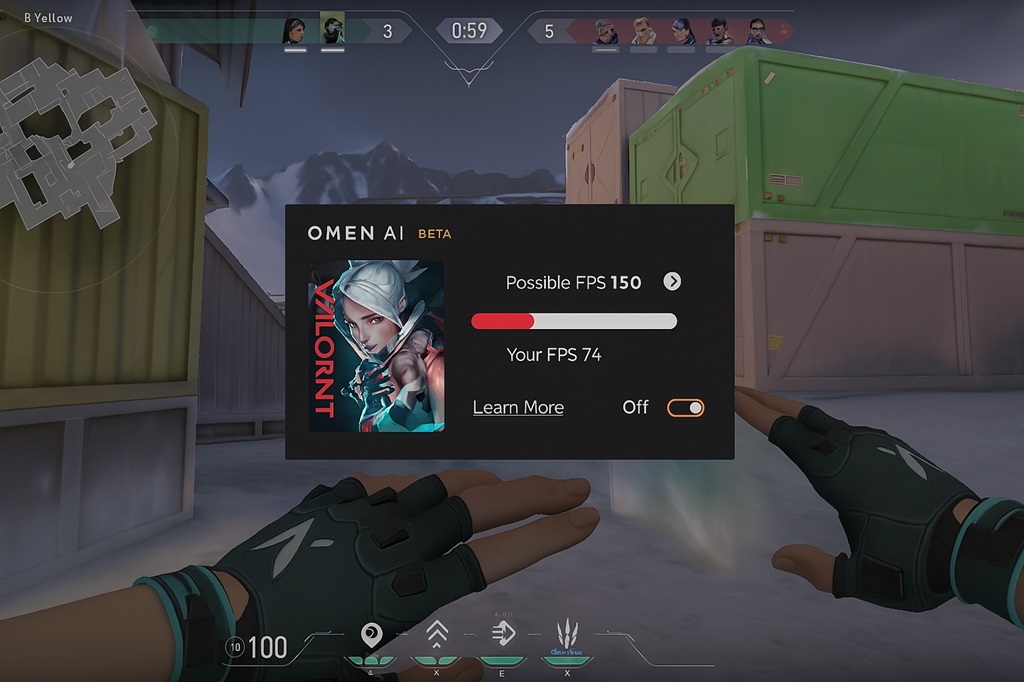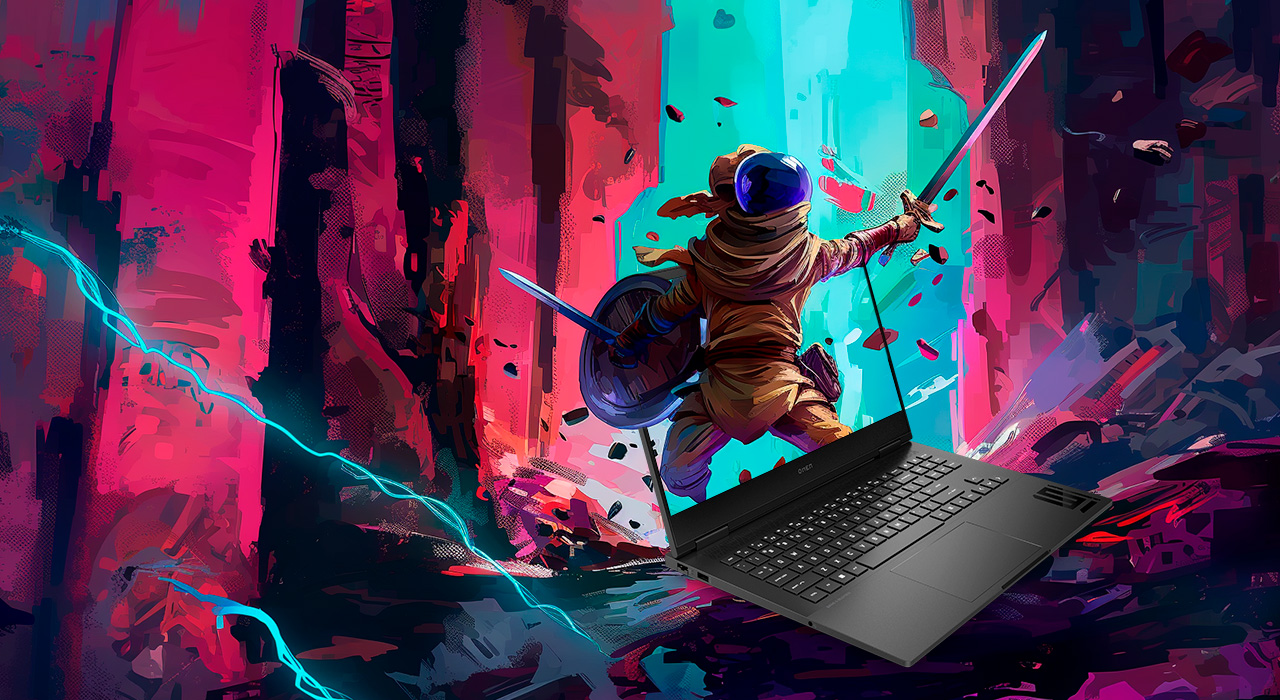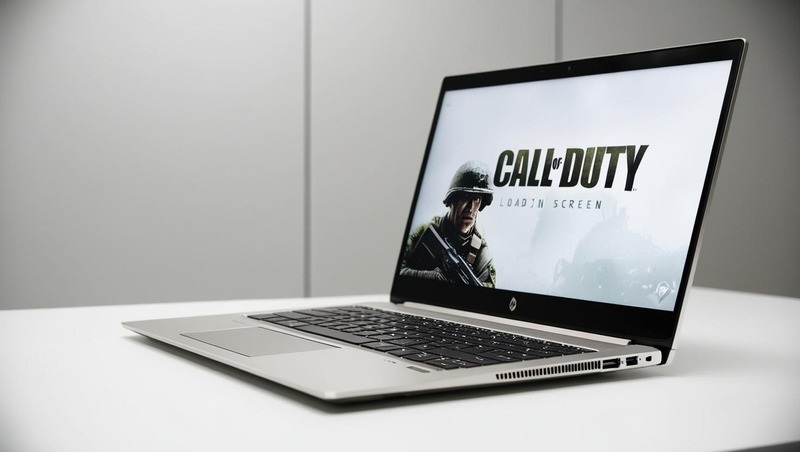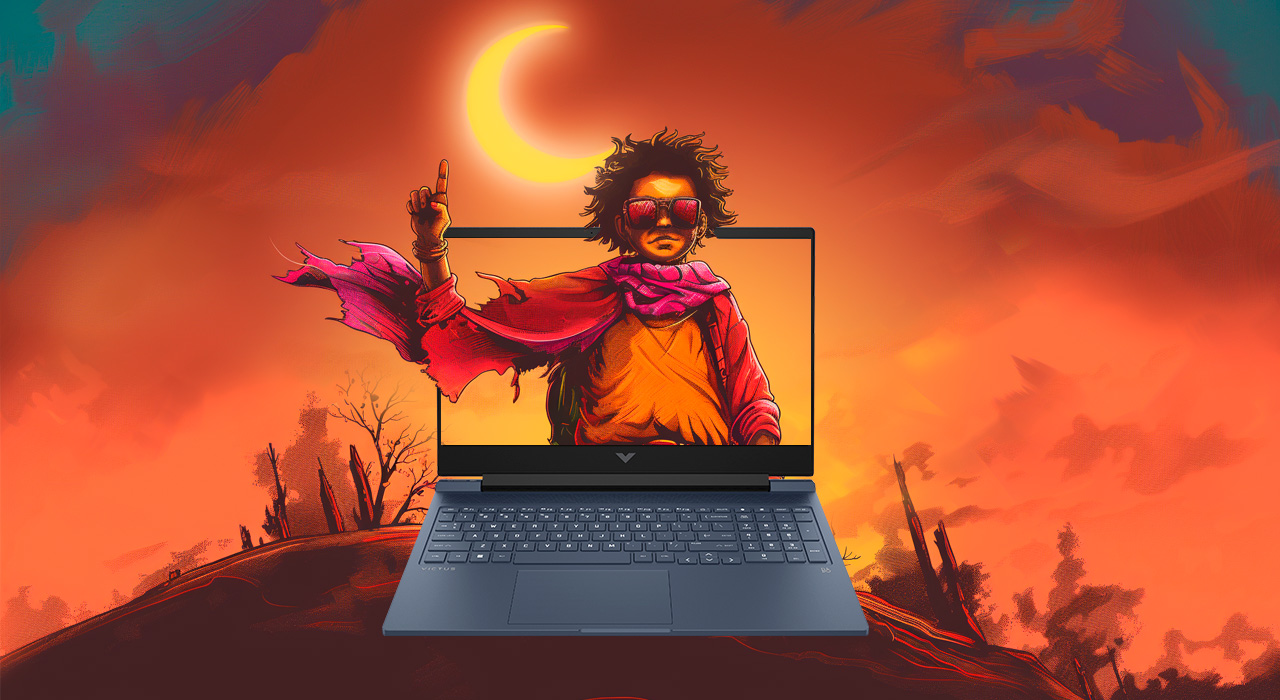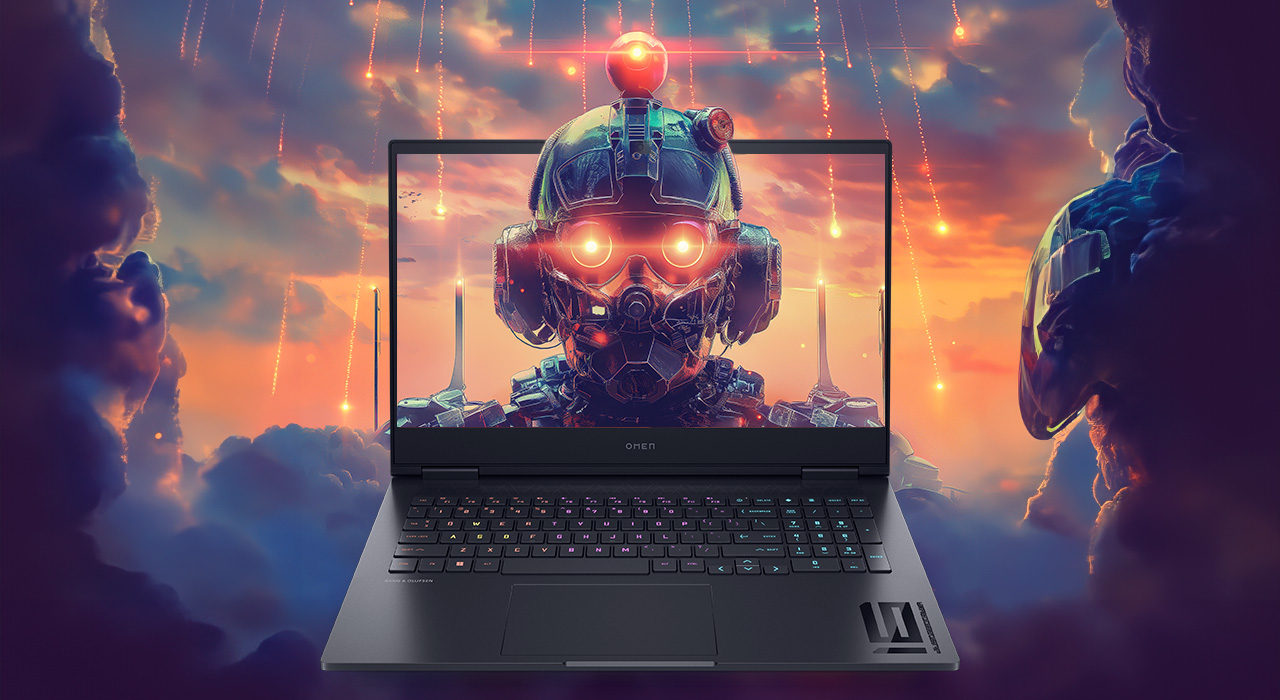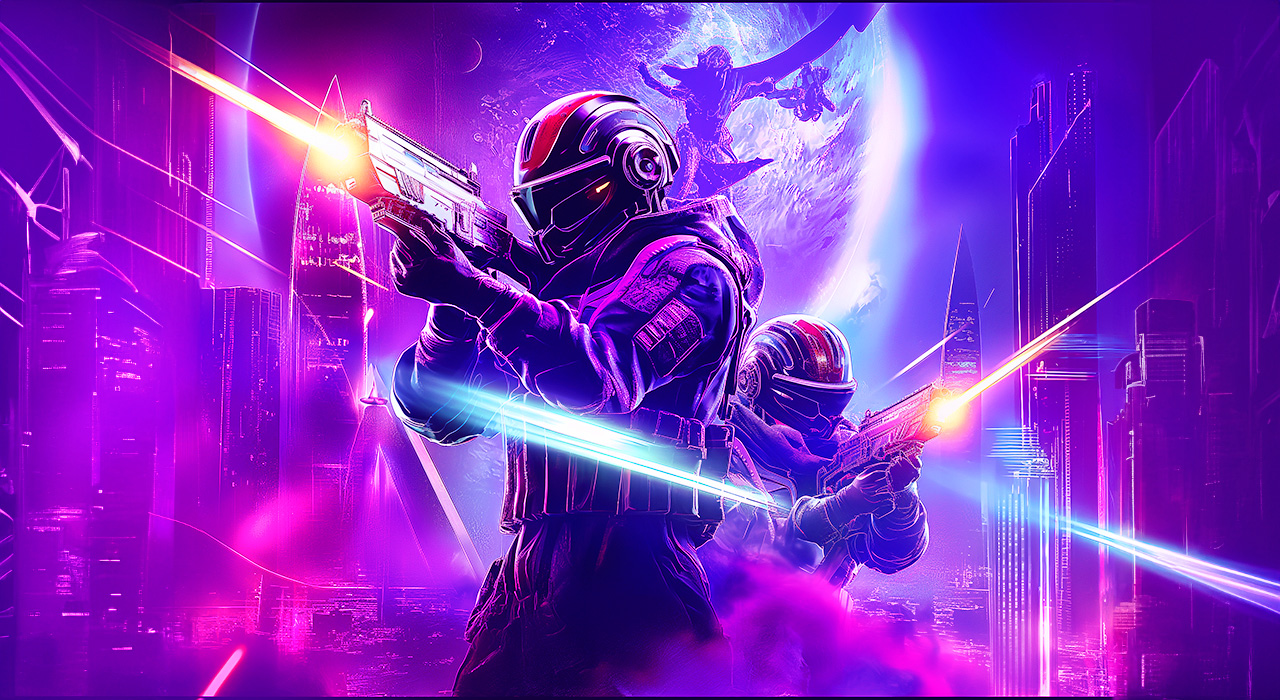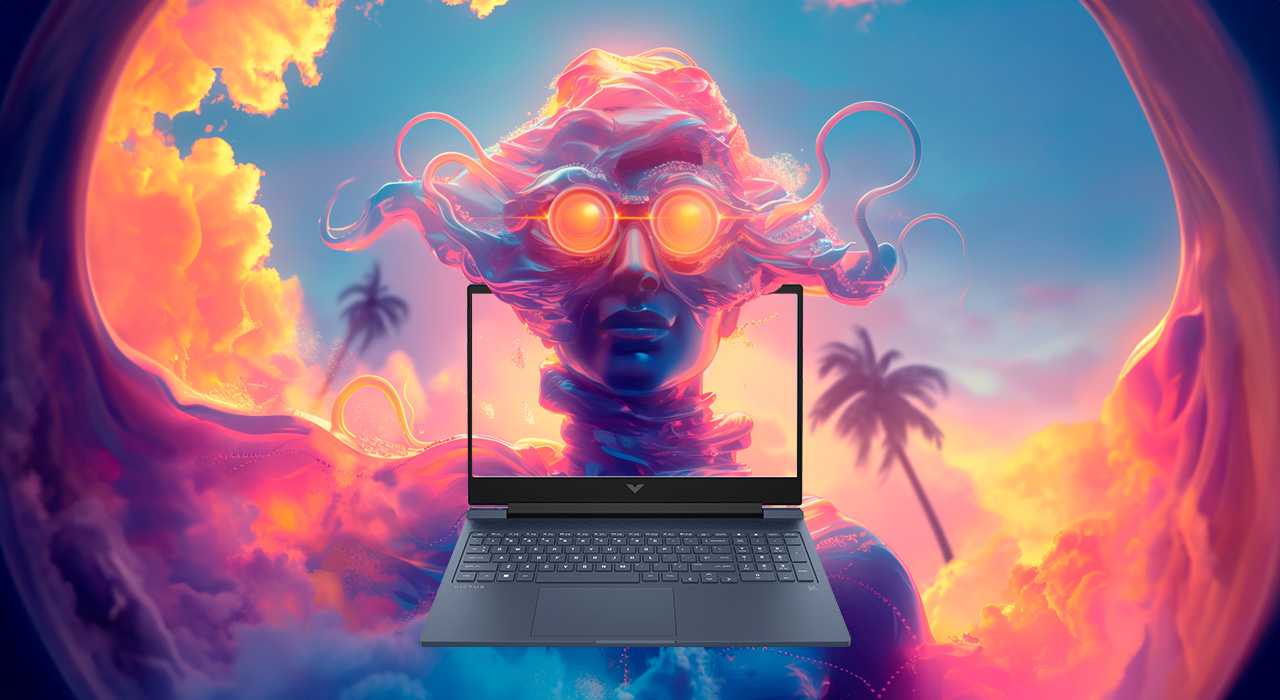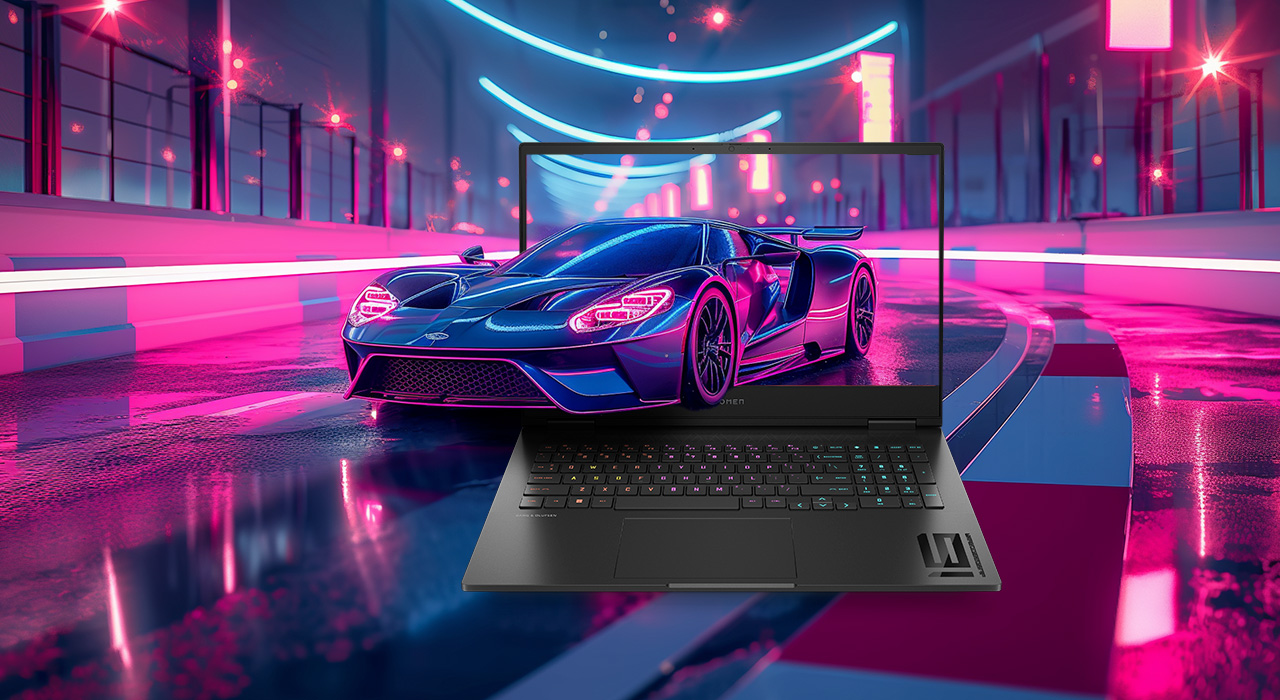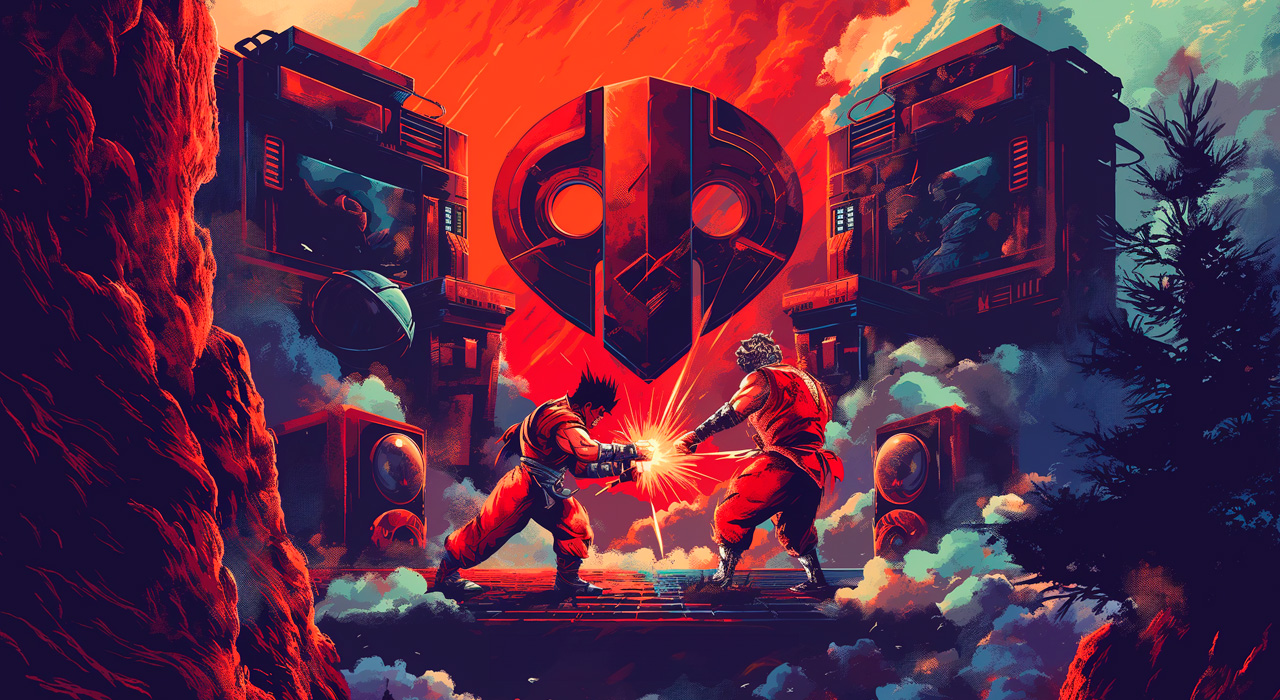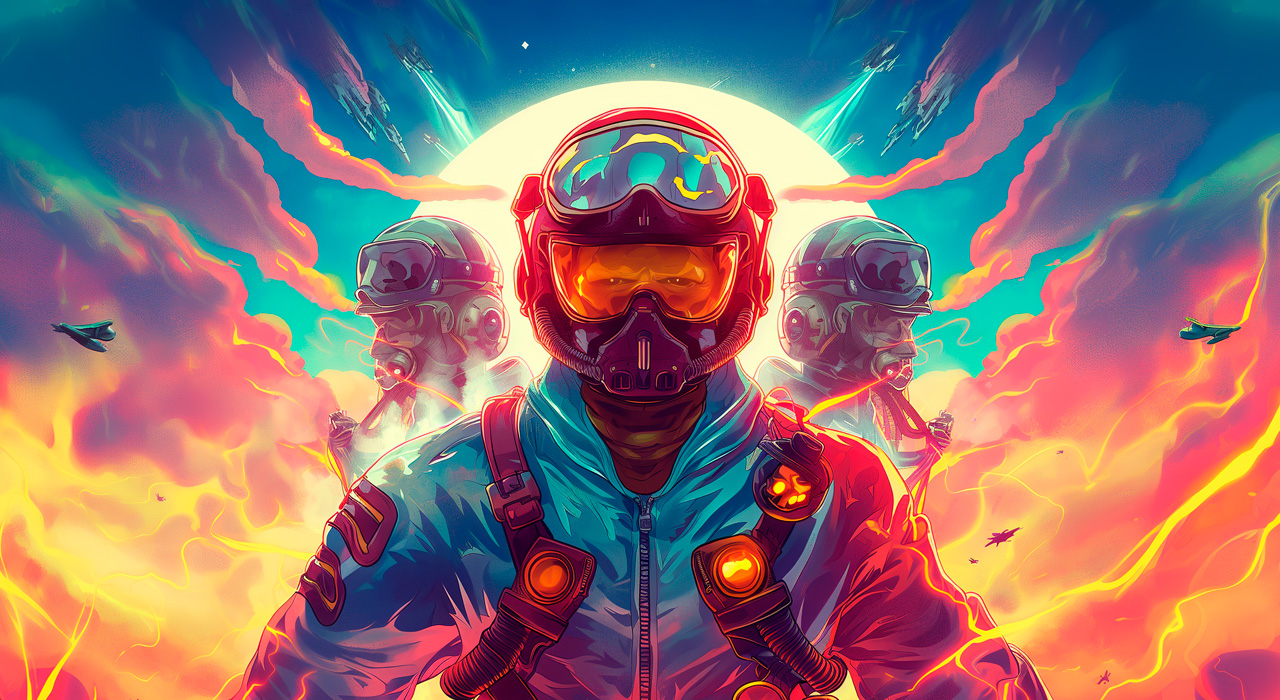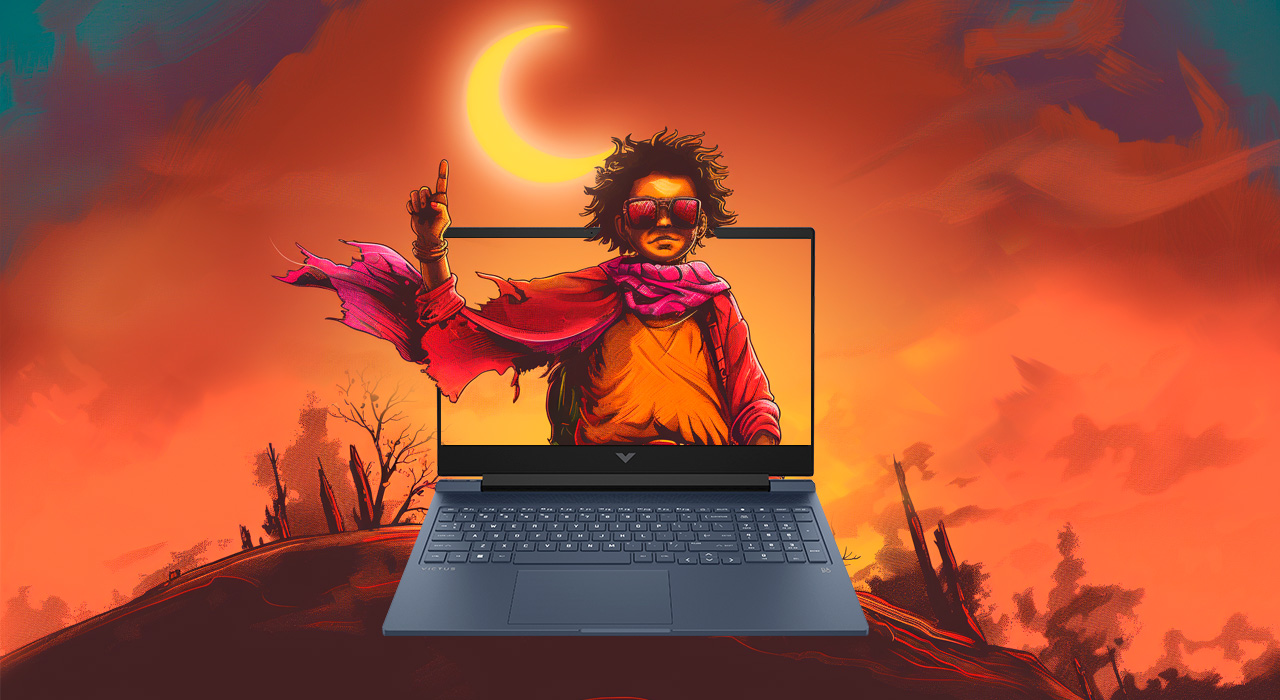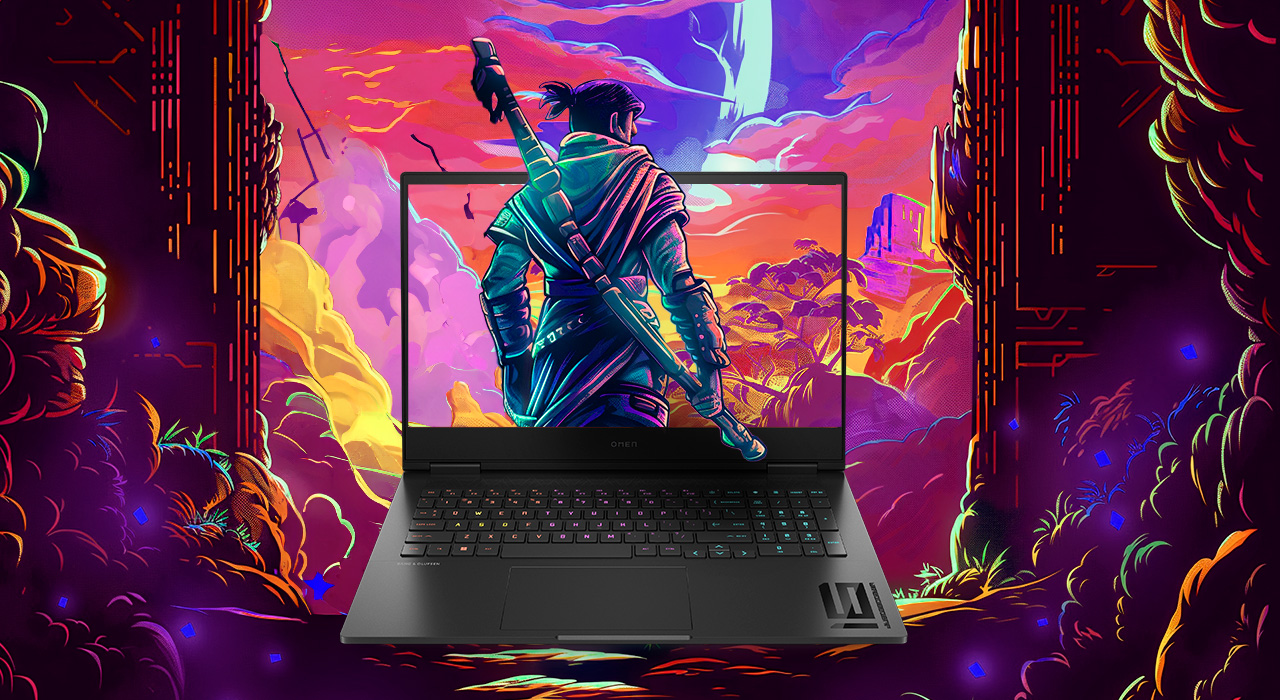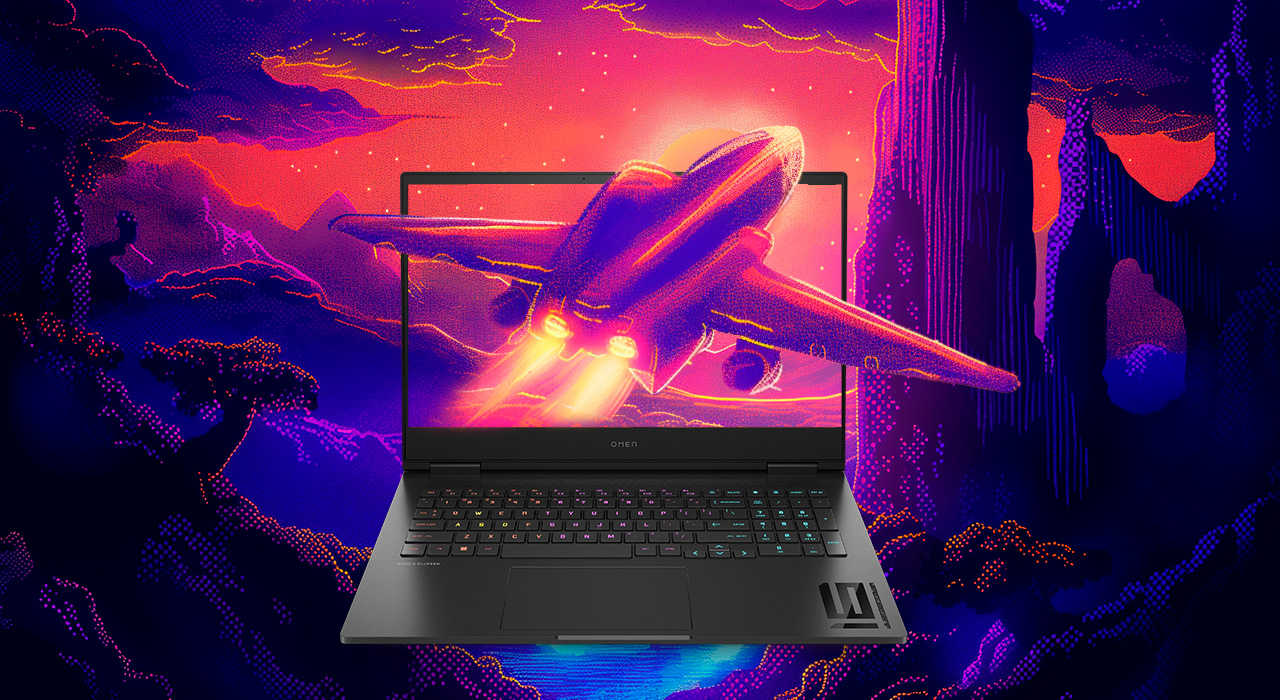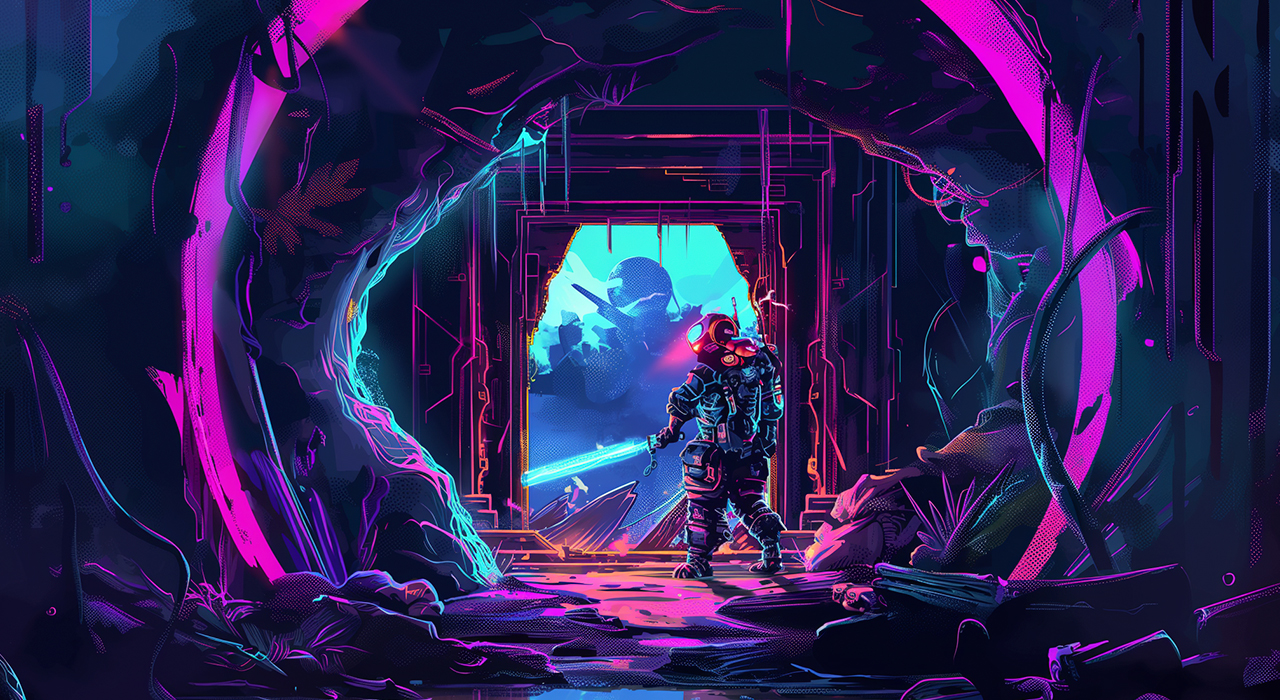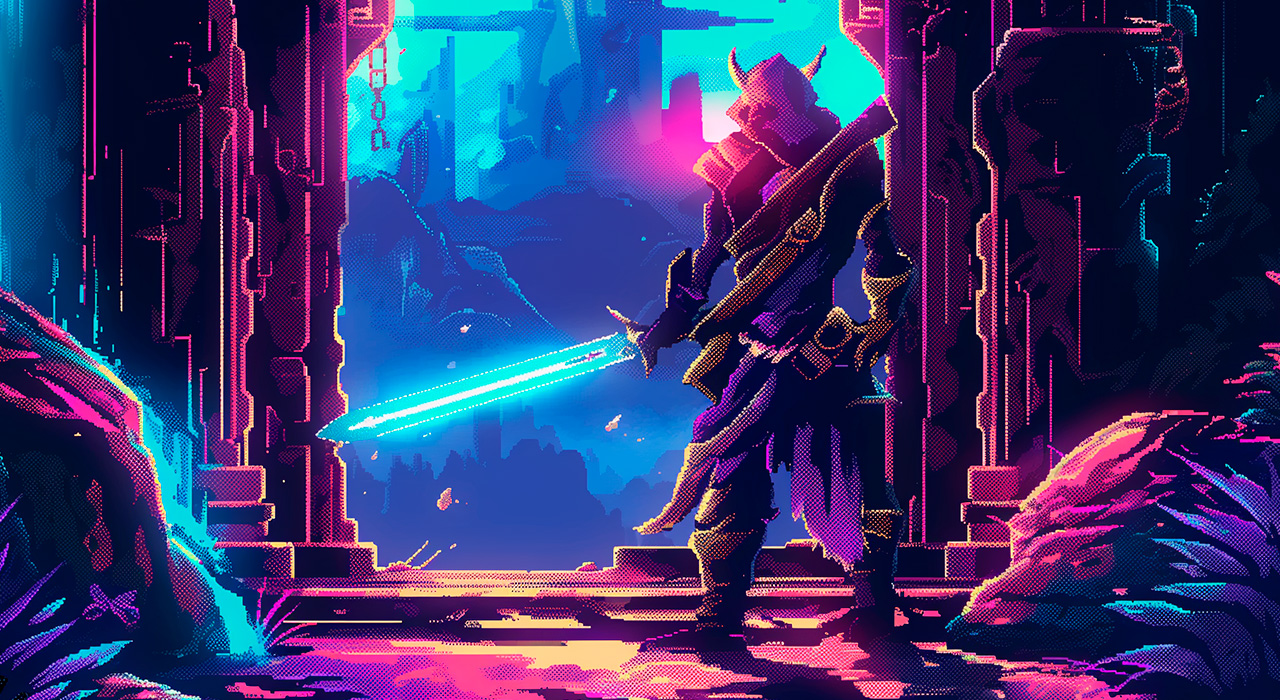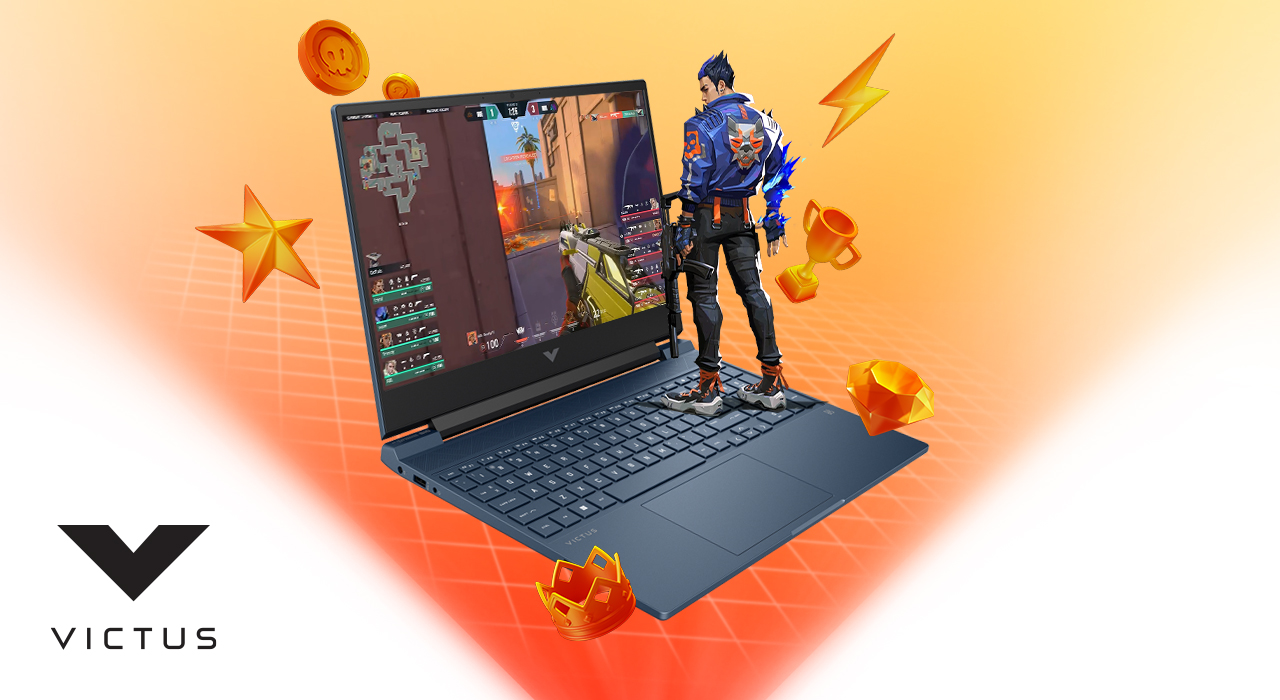Read every word carefully and with full focus. And as you read, imbibe the essence, feel, and imagine that you are actually in the story!
You have stepped into the world of the Tsushima islands. Golden fields of pampas grass sway in the wind as you ride your horse through the beautiful landscapes. You are seeing a flock of golden birds, and you start following them. You suddenly track down foxes and start following them which leads you to find the mysterious shrines that are actually scattered all across the island. Cut to another scene. You are riding through a dense forest, the lights are piercing down through the canopy, and this is creating some patterns on the forest floors. You can see and hear the leaves flutter, and suddenly the sunny meadows turn into a dramatic thunderstorm. Woo! Wasn’t that an experiential ride for you?
The ride you went on above and feel you got is nothing but the adventure world of a popular open-world action-adventure game – Ghost of Tsushima! And do you know the name of the character you were just visualizing? You were “Jin Sakai“. A samurai warrior who kept on adapting his fighting style and embraced the way of the “Ghost” to defeat the huge Mongol forces and liberate his homeland. Aren’t you proud of yourself now?
Well, some of you still might not feel the above written but, once you enter into the game, you will realize how magically stunning the visuals of this game are. There will be a time in this game where you will be on a cliff overlooking the sea during the sunset hours. The visuals are so detailed and precise that you will see the water reflecting the orange glow of the setting sun while distant islands will be shrouded in mist. With the gust of winds, your cape and the grass will flow and dance as if you are really living that life and you are the one who is actually in the game.
Are you wondering if you could live this life (well, we meant the life of Jin Sakai) in virtual reality on your gaming setup? Then let us tell you that your PC is worth an upgrade to experience “Ghost of Tsushima”. You know there are only a few games that achieve the perfect balance between gameplay and visual storytelling and Ghost of Tsushima is one of those. The tale of Jin Sakai’s transformation from honorable samurai to legendary ghost is complemented perfectly by the game’s stunning art direction and minutest detailing of the history. Here is what you really need to tweak in your system to ensure smooth gameplay and the best visual experience:
1. First eyes on the “in-game graphics” settings
– Lower down particle effects during intense combats as this can prevent frame drops.
– Is performance an issue? Then try lowering the resolution to 1080p from 1440p or 4K.
– Reducing from Ultra to High can provide a significant FPS boost with minimal visual difference.
– And let’s not miss on reducing the foliage density as this will help you maintain consistent performance during exploration.
– Disable V-Sync to improve frame rates.
2. You will thank us later for what we are telling you right now. Install “Ghost of Tsushima” on an SSD rather than a traditional hard drive. This will actually help you reduce loading times. It also helps eliminate texture pop-in when exploring the gorgeous landscapes in the game.
3. Close unnecessary background applications before playing Ghost of Tsushima.
4. Ghost of Tsushima can push your hardware to its limits, especially during extended play sessions. So, ensure that there is a proper cooling system for your system.
To witness the game in its full glory, you definitely need to know the kind of system it requires. So, check your system because you’ll need a system that meets or exceeds these requirements:
Minimum Requirements:
– OS: Windows 10 (64-bit)
– Processor: Intel Core i5-4460 or AMD Ryzen 5 1400
– RAM: 8 GB
– Graphics: NVIDIA GeForce GTX 970 or AMD Radeon RX 570
– DirectX: Version 12
– Storage: At least 60 GB free space
Recommended Requirements:
– OS: Windows 10/11 (64-bit)
– Processor: Intel Core i7-4770K or AMD Ryzen 7 2700X
– RAM: 16 GB
– Graphics: NVIDIA GeForce GTX 1080 or AMD Radeon RX Vega 64
– DirectX: Version 12
– Storage: SSD with at least 60 GB free space
Now see, whether you’re drawn towards the intense samurai duels or the stealth-based ghost approach, or you want to simply explore a beautiful yet strategically crafted open world, Ghost of Tsushima rewards players who can run the game at its best. So what are you waiting for? Update those drivers, clear that extra SSD space, and get ready to go on an epic journey through one of gaming’s most visually stunning worlds!
If you’re looking to play Ghost of Tsushima on a Laptop or PC, it’s important to choose one that offers the right balance of performance and portability. Whether you are aiming for high-end settings or a more budget-friendly option, there are a variety of laptops that can deliver an excellent gaming experience. Here is a look at some great choices for playing this stunning title, each offering solid performance for different needs and preferences.
HP OMEN 16 (16.1-inch) Gaming Laptop – With the powerful RTX 4060 or RTX 4070, you’ll be able to play at high settings, ensuring smooth gameplay and stunning visuals at high frame rates.
HP Victus 15 (15.6-inch) Gaming Laptop – While a bit more budget-friendly, the Victus 15 with RTX 3060 or 3050 still offers excellent performance for Ghost of Tsushima on medium to high settings.
HP OMEN Transcend 14 (14-inch) Gaming Laptop – While this is a smaller, more portable option, it still packs a punch with an RTX 4060 and i7 processor. Ideal for gamers who want power in a more compact form.
Happy Gaming!

